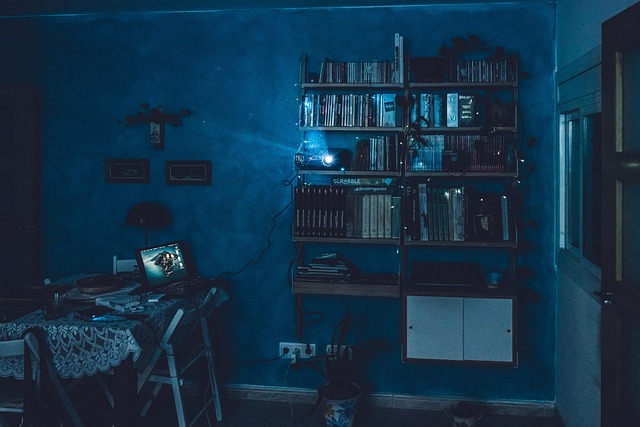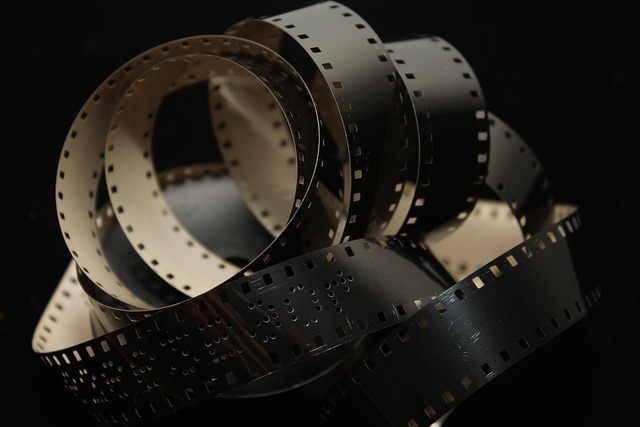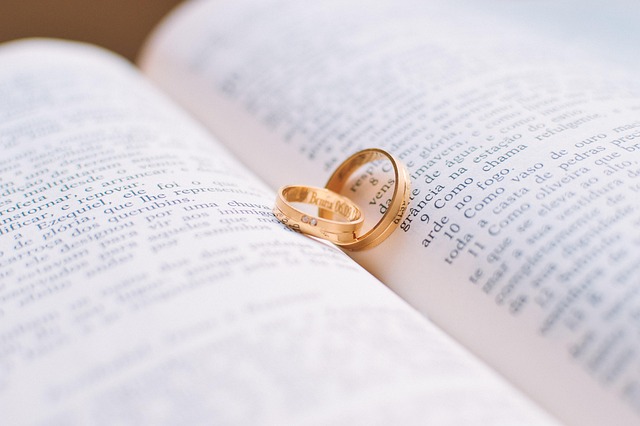
“Exploring the Evolution of Horror Films: From Classic Frights to Modern Scares”
Exploring the Evolution of Horror Films: From Classic Frights to Modern Scares
The horror genre has long fascinated audiences, tapping into our deepest fears and trepidations. From the eerie shadows of classic black-and-white films to the graphic spectacles of contemporary cinema, horror has undergone a remarkable evolution. As we venture through time, we discover how the essence of horror has not only transformed but also remained deeply rooted in the human experience.
The Golden Age of Horror
The journey begins in the 1920s and 30s, during the golden age of horror. Films like Nosferatu (1922) and Frankenstein (1931) introduced audiences to chilling monsters and haunting narratives that would set the stage for future generations. These early horror films relied heavily on atmosphere and psychological tension. The lack of special effects enhanced the viewer’s imagination, creating an unsettling experience that lingered long after the credits rolled. The shadows danced on screen, and the sinister music punctuated every terrifying moment. At this time, horror was not just about scares; it was about evoking a profound emotional response.
The Rise of Slasher Films
Fast forward to the late 1970s and 80s when horror found a new voice in slasher films. Movies like Halloween (1978) and Friday the 13th (1980) revolutionized the genre with their bloody spectacles and iconic villains. The horror of this era was visceral, a visceral experience that captivated audiences as they found themselves on the edge of their seats. This shift focused on the shock factor, capitalizing on jump scares and graphic depictions of violence. While these films offered different frights, they also highlighted societal fears of the time, often touching on themes of sexuality, morality, and youth disillusionment.
The Psychological Turn
In the 1990s and 2000s, horror took a psychological turn, exploring the mind’s depths rather than relying solely on blood and guts. Films like The Sixth Sense (1999) and The Silence of the Lambs (1991) introduced audiences to the terror that originates from within. These films created an unsettling atmosphere that extended beyond the screen, blending reality with fiction. Viewers began to identify with characters’ fears, emotions, and vulnerabilities, making the horror relatable.
The Modern Horror Renaissance
Today, the horror genre stands at the pinnacle of creativity, presenting a myriad of styles and narratives. Films like Get Out (2017) and Hereditary (2018) draw from eerie societal commentary while retaining the terror that fans crave. This modern renaissance embraces diversity in storytelling, bringing forth unique perspectives and experiences that resonate with a broader audience. In a world fraught with anxieties and uncertainties, modern horror invites us to confront our fears in both fantastical and relatable ways, whether through supernatural elements or societal critiques.
As we explore the evolution of horror films, it becomes evident that this genre mirrors our societal fears and evolving sensibilities. Each era contributes to a rich tapestry of chilling narratives that continue to redefine what scares us. The heartbeat of horror beats strongly, echoing the collective human experience in its pursuit of fright. As audiences, we remain captivated, ready to embrace the next wave of horror that awaits us on the silver screen.



